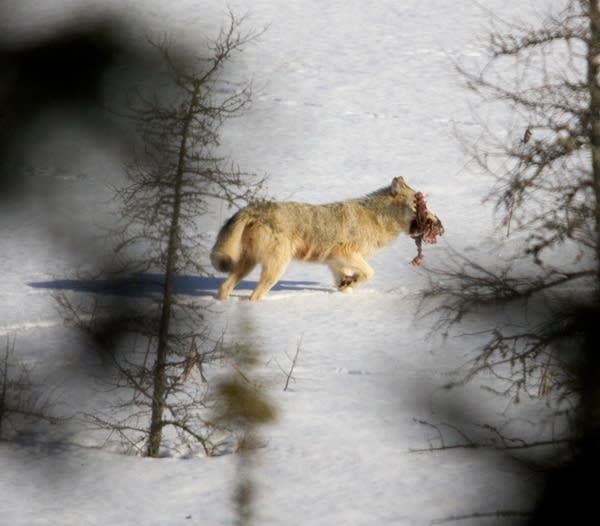Endangered no more? Wolf again poised to go off federal protection

Sen. Amy Klobuchar has co-sponsored legislation to remove wolves in Minnesota from the endangered species list. Wolves have been "delisted" three times in the past decade, only to be "relisted" after court challenges. Will this effort stick?
Steve Foss for MPR file
Go Deeper.
Create an account or log in to save stories.
Like this?
Thanks for liking this story! We have added it to a list of your favorite stories.


